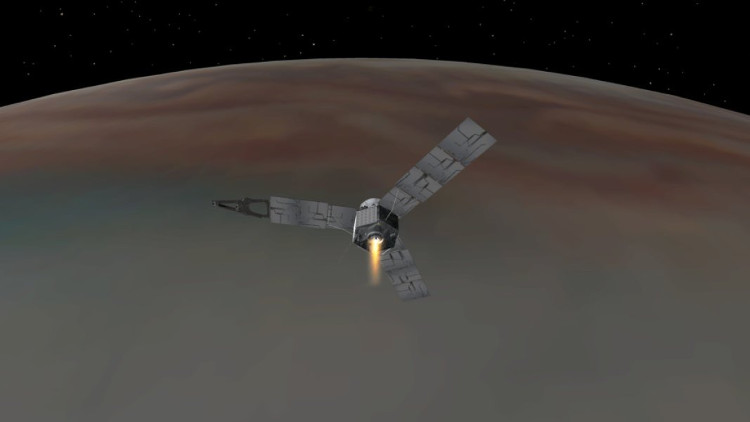The fastest spacecraft on the planet
For ships flying across the universe at speeds of thousands of kilometers per hour, the calculation of which ships move most quickly becomes an extremely complex task for scientists.
According to Live Science, when space agencies calculate and set a speed record, the numbers need to be indicated because there are many different reference frames. The speed of a spacecraft can be determined with reference to the Earth, Sun or other celestial bodies.
As the spacecraft flew away from Earth, the use of traditional measurement methods became more and more difficult. This is especially true of the metric system because one day on Mars has a different length than the one on Earth. Because the time frame that people use is no longer true, the velocity measured by the time division distance is also relative.
In the process of identifying the fastest moving object in the universe, researchers have to consider several factors. First, they need to decide which object to use as a reference point when calculating velocity. If calculating the speed of a car, the Earth is the perfect reference point. But for space travel, using a larger reference point would be more reasonable.

Juno is the fastest spacecraft today.(Photo: sciencedaily.com).
After the spacecraft left the Earth's atmosphere, the ship did not maintain regular speed. Velocity differs from travel speed. According to the US Aerospace Agency, interactions between planets also make an object change its velocity. For example, a spacecraft can accelerate in space when it passes through a planet or other body like its moon, using gravity from the planet to accelerate or push the aircraft further.
After 5 years of flying in space, NASA's Juno probe approached Jupiter on July 4, 2016. The planet's massive gravitational force helps Juno accelerate to 265,000 km / h in reference to the reference point of the Earth. This speed makes Juno the fastest artificial object in history.
If using the reference point of Face Troi, NASA's Helios I and Helios II probe holds a speed record when flying across the Sun (253,000km / h). The two ships were launched in 1974 and 1976 to study the processes that took place on the Sun.
The record for the fastest launch rate belonged to New Horizons probe , taking off in 2006 in the mission to study Pluto and Kuiper belt. The ship weighs 478kg, about the size of a piano that takes off from Earth at a speed of nearly 58,000 km / h. The exit speed of New Horizons defeated the previous record because the Pioneer 10 ship departed to Jupiter in 1972 to hold (about 52,000km / h).
Although Juno is currently the fastest man-made object, it is difficult to maintain this record for a long time. NASA is planning to launch Solar Probe Plus , a probe designed to fly over the Sun's atmosphere, in 2018. Due to the massive size of the Sun, the ship can reach a speed of 724,000 km / h. when flying around the star orbit. At this speed, astronauts can fly from Earth to the Moon in just 30 minutes.
For spacecraft returning to Earth, the fastest speed is due to the Stardust spacecraft studying comets. It flies through the Earth's atmosphere at speeds of more than 46,600km / h.
- The hottest and fastest planet
- Which animal is the fastest on the planet?
- Speed chart of the fastest events
- The fastest plan to build a spacecraft exceeds the solar system
- The secret of the fastest runners of the planet
- NASA spacecraft approaches the ancient Bennu planet
- Latest discovery of the fastest runners on the planet
- Cassini spacecraft successfully flies between Saturn and its planet
- NASA is about to capture a clearer picture of Pluto dwarf planet
- NASA's $ 3.3 billion spacecraft is about to commit suicide on Saturn
- Hummingbirds are the fastest animals on the planet
- Chinese spacecraft flew over the planet Toutatis
 Van Allen's belt and evidence that the Apollo 11 mission to the Moon was myth
Van Allen's belt and evidence that the Apollo 11 mission to the Moon was myth The levels of civilization in the universe (Kardashev scale)
The levels of civilization in the universe (Kardashev scale) Today Mars, the sun and the Earth are aligned
Today Mars, the sun and the Earth are aligned The Amazon owner announced a secret plan to build a space base for thousands of people
The Amazon owner announced a secret plan to build a space base for thousands of people